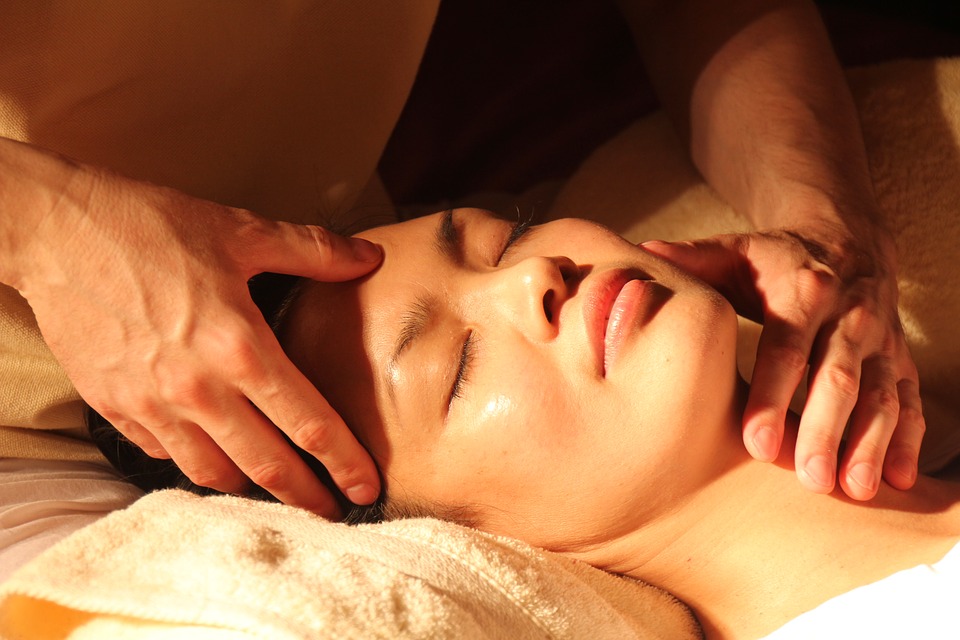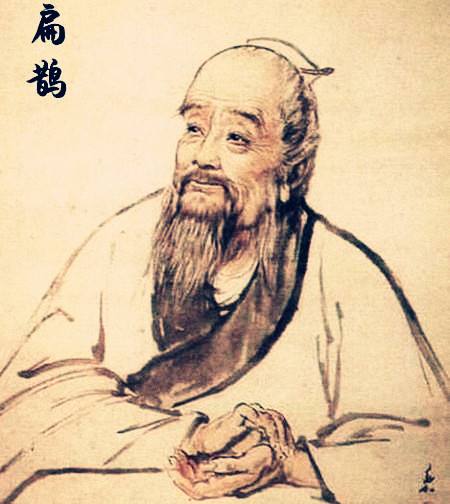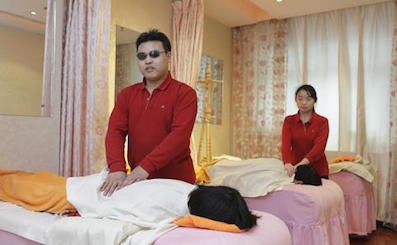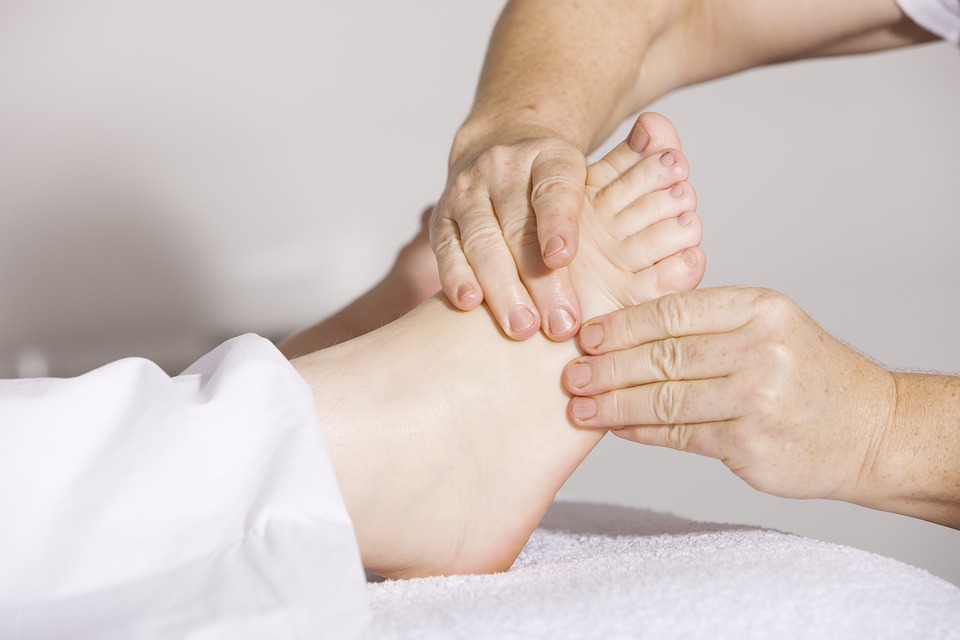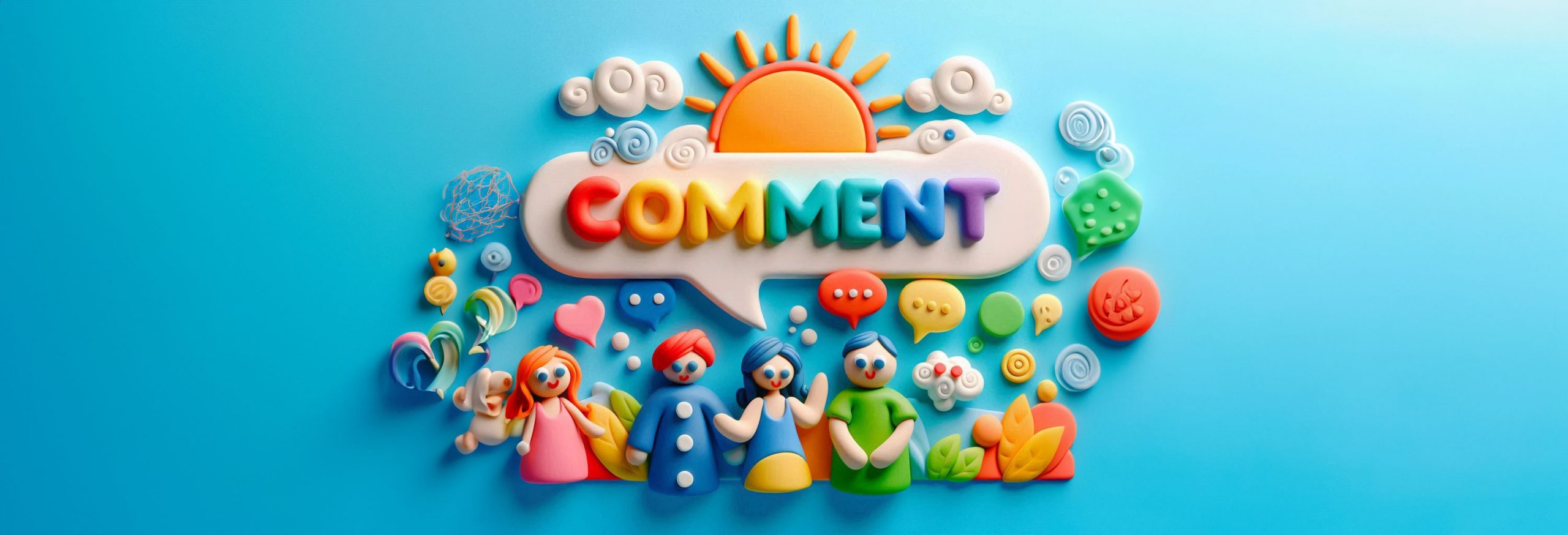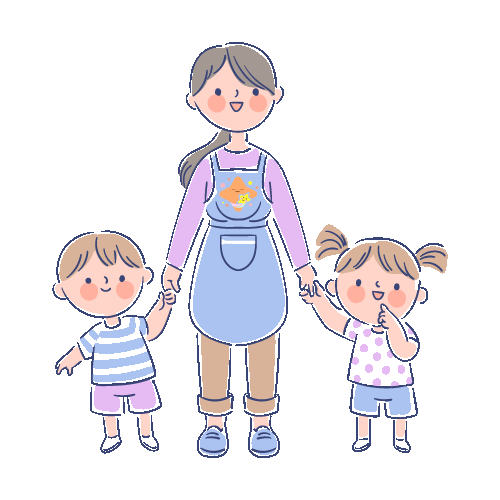Chinese Massage
History
This marvellous treatment as a branch of Chinese medicine also has a long history. The earliest record on massage is in the inscriptions on bones or tortoise shells of the Shang Dynasty (16th -11th century BC.) During the Spring and Autumn Period (770 – 476 BC), as the story goes, a miracle-working doctor Bian Que healed the faint prince through massage, illustrating the amazing benefits of massage in such an early time. In the Northern and Southern Dynasties (386 – 589), six techniques of hand massage evolved and became standardized, these techniques are: strand, shake, twine, twiddle, knead and roll, all of which are still widely used today. Currently, there are over 20 different techniques with more being researched as the study of massage continues to thrive.
Range of Effectiveness & Blind Massage
Depending on the strength and direction of the hand, the power sinking into the body differs. Consequently, certain techniques reach only the skin while others can reach to the muscle tissue and even to the bone marrow. The effects of massage have been affirmed by people who have had the experience in which they say they were relieved of pain in a number of ways including, relieving pain in the bones and muscles, adjusting dislocation of the joints, removal of muscle spasms, etc. Today, massages by the blind in China have become a fad as a result of their effectiveness.
Accupoints and Reflexology
In addition to massages for curative purposes, massages are also used to keep fit. Kneading the accupoints around eyes can improve your eyesight; massaging simply and exactly on the three accupoints of head can quickly help a person to relax; and massaging feet, known as Reflexology in the West can reflect the effects all parts of the human body, as the feet have a close relationship with the whole body and are known as the “second heart.”


